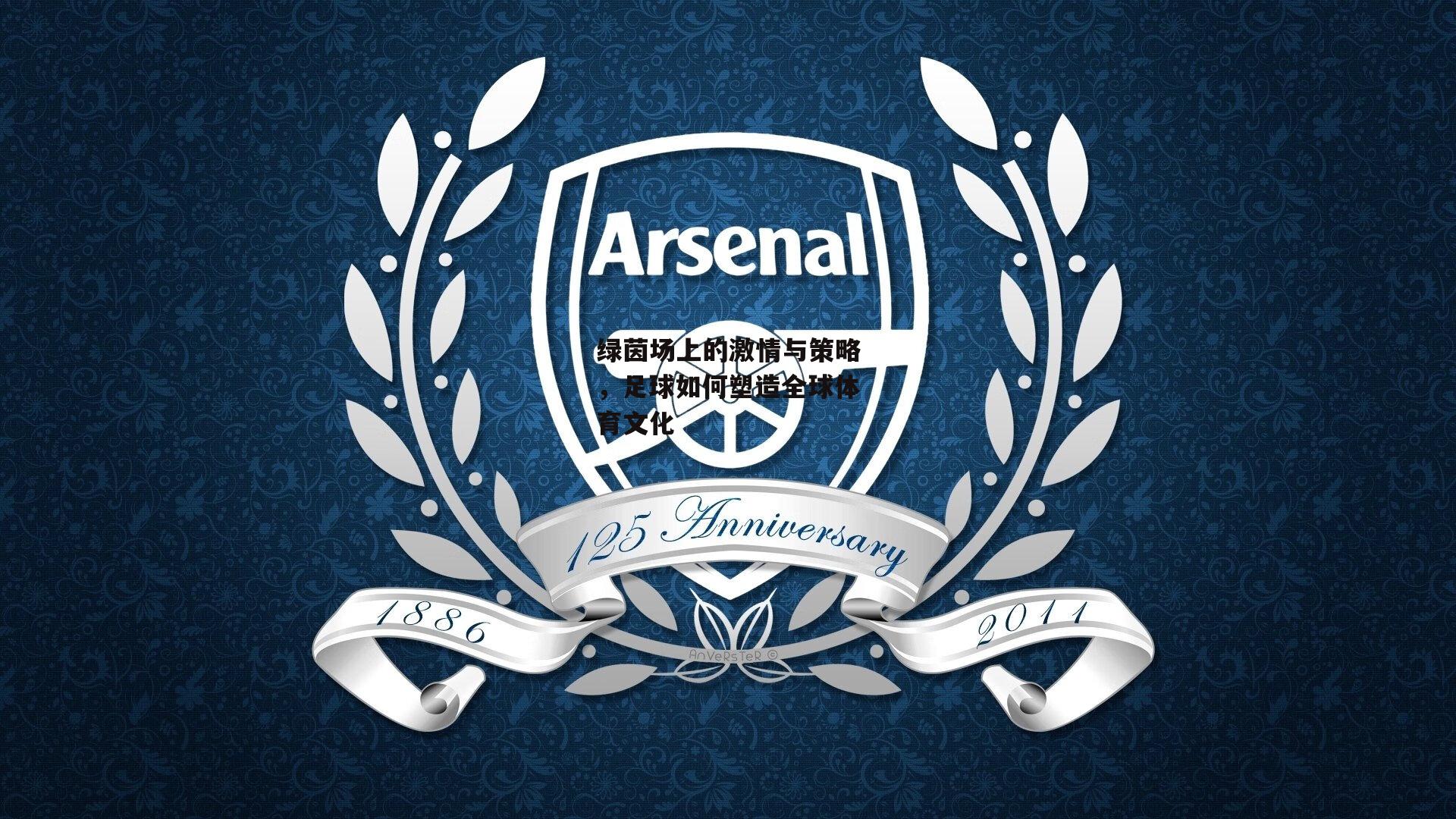新闻中心 /News 
绿茵场上的激情与策略,足球如何塑造全球体育文化_中欧体育官方网站
在无数个周末的夜晚,全球数以亿计的观众聚集在电视机前,或涌入座无虚席的体育场,只为见证那黑白相间的球在绿茵场上滚动,足球,这项起源于19世纪英格兰的简单运动,如今已演变为一种跨越国界、文化和语言的全球现象,它不仅仅是一场90分钟的比赛,更是一场融合了激情、策略、经济和社会影响的复杂盛宴,从草根社区的小型比赛到世界杯的宏伟舞台,足球以其独特的魅力,持续地吸引着新一代的球迷和参与者。
足球的核心在于其简单的规则和无限的变数,每场比赛由两支11人的队伍组成,目标是将球踢入对方球门,在这看似直接的框架下,隐藏着深层的战术博弈,教练们像 chess 大师一样,精心布置阵型——从经典的4-4-2到现代的4-3-3或3-5-2——每一处调整都可能决定比赛的胜负,球员们则需在高速奔跑中做出 split-second 的决策:是传球、射门,还是盘带突破?这种动态的互动不仅考验体能,更考验智慧和团队协作,在2022年世界杯中,阿根廷队的梅西以其卓越的视野和精准的传球,带领球队夺冠,展示了个人才华如何与集体策略完美融合。
足球的经济影响力同样不容小觑,顶级联赛如英超、西甲和德甲,每年 generate 数十亿美元的收入,通过电视转播权、赞助商和门票销售,俱乐部如曼联、巴塞罗那和拜仁慕尼黑已成为全球品牌,吸引着国际投资和粉丝消费,这背后也隐藏着 inequality:小俱乐部 often struggle to compete,而球员的天价转会费(如内马尔2.2亿欧元的转会)引发了对财务公平的争议,足球还推动了相关产业的发展,包括运动 apparel、博彩和媒体内容,创造就业机会并刺激本地经济,在发展中国家中欧体育官方网站,足球学校和社会项目利用这项运动来促进 youth development,提供教育和职业路径,从而 addressing social issues like poverty and crime。
社会层面上,足球 serves as a unifying force,世界杯和欧洲杯等国际赛事 foster national pride and unity,暂时 bridging political divides,回想1998年法国世界杯,东道主夺冠后,全国庆祝活动促进了社会 cohesion, despite underlying tensions,足球也 reflect societal challenges,如 racism and hooliganism。 incidents of discriminatory chants or violence in stadiums remind us that the sport is not immune to the flaws of society. Yet, initiatives like FIFA's "Say No to Racism" campaign and community outreach programs by clubs demonstrate efforts to combat these issues and promote inclusivity.
从文化角度,足球 has embedded itself into the fabric of daily life. It inspires art, literature, and cinema—films like "Bend It Like Beckham" explore themes of identity and gender through the lens of the game. In many countries, football is a rite of passage for children, teaching values like discipline, teamwork, and resilience. The passion of fans, manifested in chants, tifos, and rituals, creates a sense of belonging that transcends the game itself. For instance, in Brazil,足球 is synonymous with national identity, with the iconic yellow jersey symbolizing joy and creativity.

Technological advancements have further transformed football. The introduction of VAR (Video Assistant Referee) has sparked debates over fairness and the human element of refereeing, while data analytics now inform player recruitment and in-game strategies. Clubs use GPS trackers and biometric sensors to monitor player performance, reducing injuries and optimizing training. These innovations enhance the spectacle but also raise questions about the future of the sport—will technology dilute the raw emotion that defines football?

Looking ahead, football faces challenges such as climate change (with matches affected by extreme weather) and the need for greater sustainability. Yet, its ability to adapt and evolve ensures its enduring appeal. As new stars emerge and underdog stories unfold, football continues to captivate hearts and minds, proving that on the pitch, anything is possible. In the end, it is not just about winning trophies; it is about the shared moments of joy, despair, and hope that connect us all.

 2025-09-27 07:17:20
2025-09-27 07:17:20 浏览次数:
次
浏览次数:
次 返回列表
返回列表




